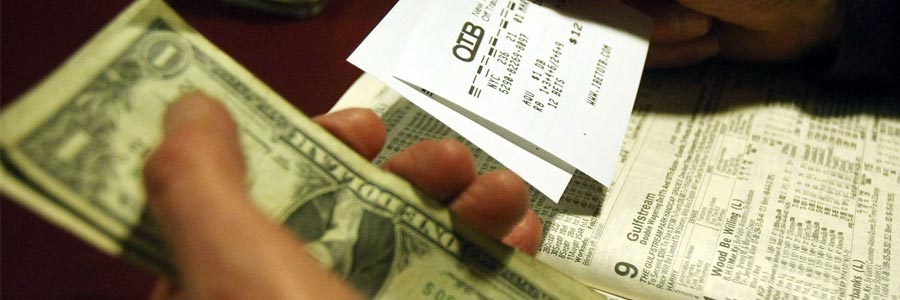In any given betting event, there is usually some risk involved with wagering on future events, not only because of general variance from one event to another, but also due to the shifty nature of handicapping essentials such as weather patterns, team form, suspensions and injuries. The Monte Carlo betting technique is one of the major online betting methods that can help to reduce this uncertainty and risk that comes with betting on futures.
A Closer Look and Introduction to the Monte Carlo Method
Defining the Monte Carlo Betting Method
The Monte Carlo Simulation is a statics-based formula that converts the uncertainties of betting events from input variables of a model into probability distributions that help forecasting best potential outcomes. In other words, by combining various distributions and making random selections from them, the Monte Carlo method recalculates the simulated model severally and brings out the probability of the final result. The premise of this method is more-or- less similar to that of the Wisdom of the Crowd, which purports that the more guesses one makes, the closer we get to the correct solution.
The biggest advantage of this simulation-oriented betting technique is that it can be applied to non-linear and complex models, or simply be used to evaluate the performance and accuracy of other betting models. To understand the Monte Carlo method in a better way, consider the hypothetical example below.
Using the Monte Carlo Method in Betting
Consider the probability of the Boston Red Sox winning a road tilt against the New York Yankees. One way of doing this would be to build a function that allows us to input parameters that affect the performance and probability of the final result like the starting pitcher, weather, past statistics, and betting trends, among others. Evidently, these are easy elements that can be calculated rather effortlessly. But in an instance that we have a complex query, like the probability of a team’s final points at the end of an MLB season, a simple function won’t be able to help us. This is where the Monte Carlo technique and its mathematical models come in handy.
Monte Carlo Simulation Models
There are several types of mathematics model that are used in the Monte Carlo technique, but these are the ones that are most commonly applied by bettors:
Deterministic Model: In this mode, the output is quite easy to calculate, considering that all inputs in a given betting event are known. Such a model is recommended for simple tasks, like the result of one soccer game whose surrounding factors are well-known prior to the match.
Stochastic Model: This model uses randomly generated numbers in order to approximate potential outcomes of events. In the Stochastic Model, we have several many random variables rather than just one simple function, and it takes into account unknown elements. Through it, we get a range of results, depending on the variables, and bettors get to choose outcomes based on the results that appear closest to each other or our general preconceived expectations of an event. This model is best used for complicated tasks, like the one about the total points of a team in an entire 162-game MLB season.
Dynamic Model: In this model, the parameters change as the model is continually simulated. For example, if we wanted to calculate an MLB’s team total points at the end of the season, we would monitor each game and update them on the dynamic model after game, leading to a more- updated outlook of the final outcome in a season.
Conclusion on Monte Carlo Method
The fact that the Monte Carlo method is mathematics-based means we only deal with probability distributions, which makes it rather limiting when compared to other betting techniques. Even so, the fact that it tells you the range of probable outcomes and their relative likelihood makes it very important, either as a way to counter-check your bets or get a much-needed mathematical perspective of things when betting. Plus, as we all know, betting with “gut-feelings” can be very risky, so having a model to guide your feelings would be a much better way to go about making your picks and predictions.








